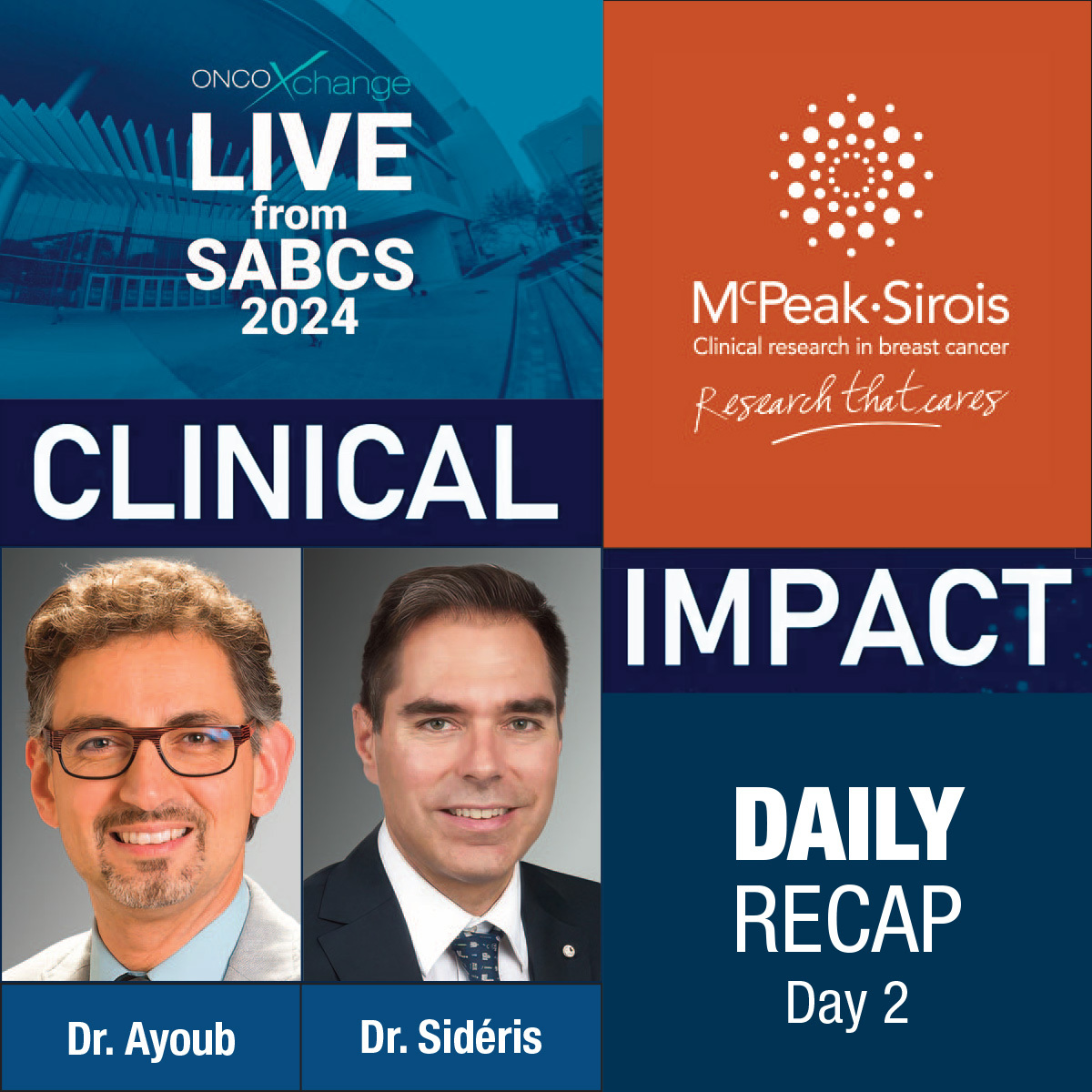
ASCO 2021 - Studies confirm utility of MammaPrint assay to predict treatment benefit in genomic ‘low-risk’ breast cancer
June 2021
By Wayne Kuznar for oncoXchange
A 70-gene signature (MammaPrint) can predict prognosis in patients with early breast cancer and therefore help to select intensity of treatment, according to recent analyses of two large clinical trials, both presented at the 2021 virtual ASCO annual meeting.
In an updated analysis of MINDACT, “patients with an ultralow risk 70-gene signature have an excellent prognosis, with 8-year breast cancer-specific survival rates above 99% regardless of clinical risk,” said Josephine Lopes Cardozo, MD, from The Netherlands Cancer Institute. “Very few patients developed distant metastases, with 8-year distant metastasis-free interval [DMFI] rates ranging from 95 to 98%.”
The results confirm previously published results in the largest cohort of ultralow-risk patients to date, she said.
MINDACT (EORTC 10041/BIG3-04) is a multicentre, randomised phase 3 clinical trial that enrolled 6,693 patients 18 to 70 years old with early-stage operable invasive breast cancer, defined as a maximum tumor size of 5 cm, 0 to 3 positive lymph nodes, and no distant metastasis. The study was carried out in 112 institutions in nine European countries. Patients were stratified by clinical risk based on clinical-pathologic characteristics and by genomic risk based on the 70-gene signature. Profiling revealed that 15% of MINDACT patients were genomic ultralow risk.
Women at low clinical and genomic risk received no chemotherapy, whereas those at high risk for both were assigned to chemotherapy. Patients with discordant risk results were randomly assigned to receive chemotherapy or not based either on genomic risk (determined by the 70-gene signature MammaPrint) or the clinical risk (determined by the risk prediction model Adjuvant! Online).
The objectives were to assess survival outcome of patients with early-stage breast cancer and ultralow- risk tumor biology and to investigate whether identification of patients with an ultra-low-risk 70-gene signature can avoid overtreatment.
After a median follow-up of 5 years, the primary analysis showed that patients who were classified as high clinical risk and low genomic risk who did not receive chemotherapy had a 5-year distant metastasis-free survival of 94.7%.
Updated results at a median of 8.7 years of follow-up confirm the previous results: the 8-year distant metastasis-free survival rates are 97.0% in the ultralow-risk population, 94.5% in the low-risk population, and 89.2% in the high-risk population.
The adjusted hazard ratio (HR) of the risk of distant metastasis or breast cancer death for ultralow-risk versus low-risk patients
was 0.65 (95% CI, 0.45-0.94), and for the high-risk versus low-risk population, the adjusted HR was 2.17 (95% CI, 1.68-2.80).
Survival rates were 99.6%, 98.2%, and 93.7%, for genomic ultralow-, low-, and high-risk patients, respectively. Breast cancer-specific survival rates were >99% in those who were genomic ultralow risk, regardless of their clinical risk.
Eight-year DMFI rates were 94.9% or greater in patients who were genomic ultralow risk whether they received only endocrine therapy or no adjuvant systemic treatment.
Predictive utility of extended endocrine therapy in genomic low-risk patients
The 70-gene signature is able to predict the likelihood of benefit from extended letrozole therapy among genomic low-risk but not high-risk postmenopausal patients with estrogen receptor- or progesterone receptor-positive stage I, II, or IIIa breast cancer, according to data from the NSABP-42 clinical trial.
“These results have clinical implications for the utility of MammaPrint in patient selection for extended endocrine therapy,” said presenter Priya Rastogi, MD, from NSABP/NRG Oncology, Pittsburgh.
“A statistically significant extended letrozole therapy benefit was observed for MammaPrint-low but not MammaPrint-high [risk],” she said. Also, the benefit to letrozole “appears to be stronger in MammaPrint-low, non-ultralow than in MammaPrint ultralow, but the treatment by low-risk subgroup interaction was not statistically significant.”
In the NSABP-42 trial, extended letrozole significantly improved disease-free survival at 10 years with no significant difference in overall survival with extended letrozole versus placebo following treatment with adjuvant aromatase inhibitor therapy for 5 years.
The final translational cohort consisted of 1,866 of the original 3,903 eligible patients, 38% (n=706) who were genomic high risk and 62% (n=1,160) who were genomic low risk as assessed by the 70-gene signature.
For the primary endpoint of distant recurrence, there was no statistically significant difference between extended letrozole and placebo in genomic high-risk patients (HR, 0.65; P=0.19) but a significant improvement with extended letrozole in genomic low-risk patients (HR, 0.43; P=0.002). The test for treatment by gene signature risk group interaction was not significant (P=0.38).
The absolute benefit of extended letrozole versus placebo was limited to genomic low-risk patients for both disease-free survival (P for interaction = 0.015 vs. high-risk group) and breast cancer-free interval (P for interaction =0.006 vs. high-risk group).
Within the subcategories of genomic low risk, there was no significant benefit for letrozole versus placebo in the ultralow-risk group (HR, 0.53; P=0.37) but a significant benefit in a combined group low and non-ultralow-risk patients (HR, 0.42; P=0.003), with a nonsignificant test for treatment gene signature subgroup interaction (P=0.66).
References
500. Outcome of patients with an ultralow risk 70-gene signature in the MINDACT trial.
502. Utility of the 70-gene MammaPrint assay for prediction of benefit from extended letrozole therapy (ELT) in the NRG Oncology/NSABP B-42 trial.

Comments (0)